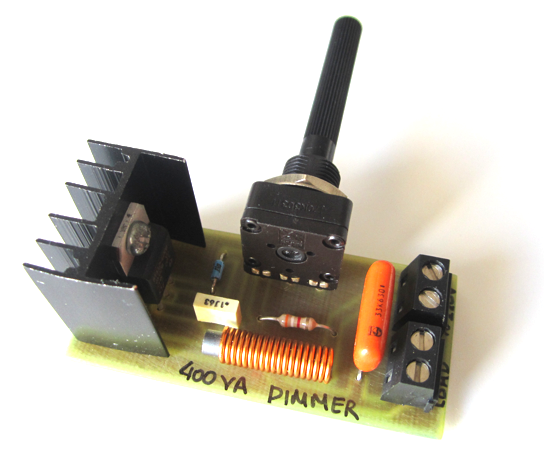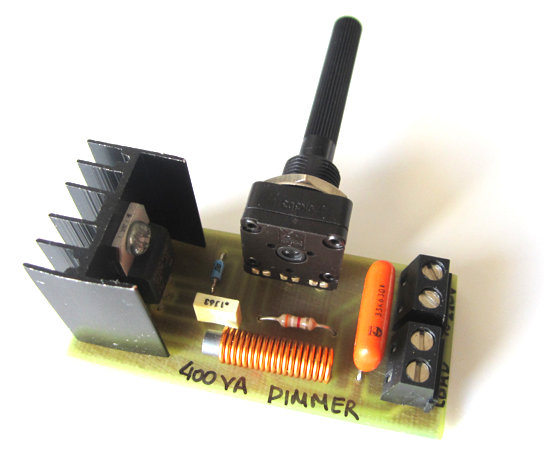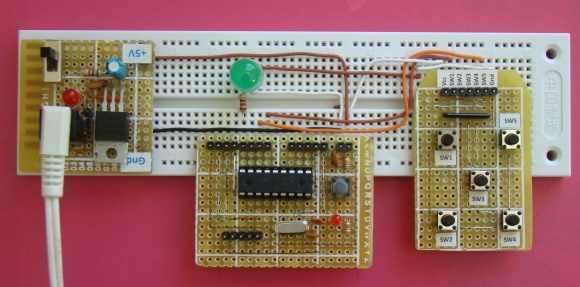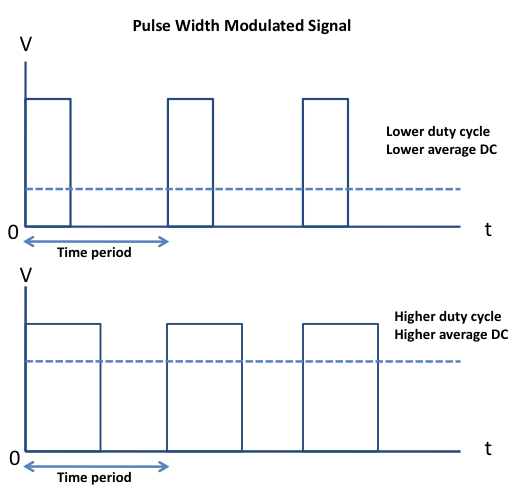AC load dimmer using triac

Triacs-based dimmers are based on the principle of controlling the phase of AC voltage applied to the load and are specially designed for resistive loads such as incandescent or halogen lamps. Mike from Electronics-Lab has shared this simple TRIAC AC load dimmer circuit that can handle AC power up to 400VA. The circuit is working by controlling the phase of the 220 VAC voltage allowing the load to be powered for less than 360º of the full sine wave. Powering the load for smaller period than full sine wave delivers less power, so it has a dimming effect on the load.


